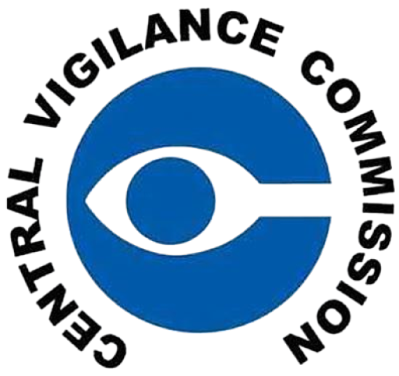KARNATAKA ELECTRICITY REGULATORY COMMISSION
.png)
KARNATAKA ELECTRICITY REGULATORY COMMISSION The circular emblem of the Karnataka Electricity Regulatory Commission (KERC) houses an electric transmission tower; a two pan beam balance and eight bolts of lightning. These are ensconced by a circular banner with purple outlines, inscribed with its name in Kannada and English. The bolts of lightning represent electric power and authority; the transmission tower represents electricity and the two pan beam balance denotes balance decisions and directions.






